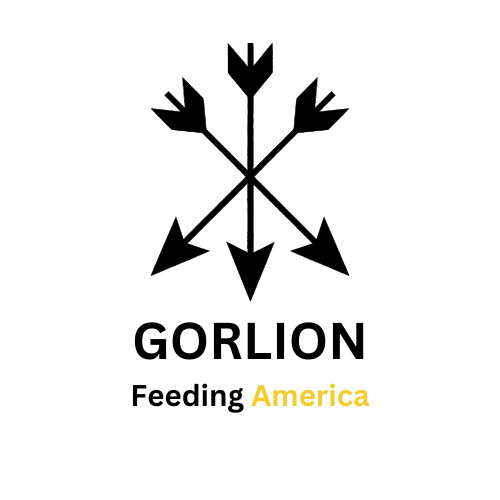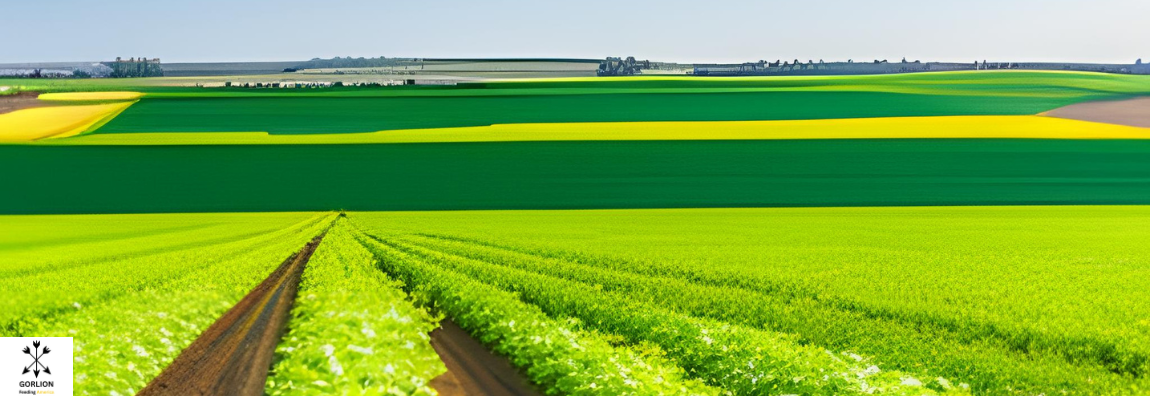Investing in agricultural commodities is an excellent way to diversify one’s portfolio while taking advantage of the global demand for food and other agricultural products. However, investors should be mindful of the risks that come with this type of investment, such as unpredictable weather patterns, changing trade policies, and the possibility of crop failure. In this article, we will analyze the top ten agricultural commodities to invest in for maximum profit and minimal risk and examine the factors that influence agricultural commodity investments.
Agriculture is a fundamental industry, and it is essential to maintain the supply of food and other agricultural products to support the growing population. The demand for agricultural products is expected to increase as the world population continues to grow. As such, investing in agricultural commodities has the potential for substantial returns.
Commodities are goods that are traded in large quantities and are used to produce other products. Agricultural commodities are raw materials produced by the agricultural industry, such as wheat, corn, soybeans, coffee, cocoa, cotton, sugar, livestock, and dairy products. These commodities have a direct impact on the food supply and have the potential for significant price volatility, making them a popular investment option for those seeking high returns.
Investing in agricultural commodities can be profitable, but it also comes with a certain amount of risk. The risk comes from factors such as weather conditions, crop diseases, trade policies, and global economic conditions. Investors must be aware of these risks and adjust their investment strategy accordingly to minimize them.
Profit and risk are the two main factors that influence agricultural commodity investments. Investors seek high returns, but they also want to minimize their risk exposure. In general, high-risk investments offer higher returns, while low-risk investments offer lower returns.
When deciding on the top ten agricultural commodities to invest in, investors must balance various factors. For example, some commodities, such as corn and soybeans, have a more significant demand for biofuels and animal feed, making them a more stable investment option. On the other hand, commodities such as coffee and cocoa are more susceptible to weather conditions and are, therefore, a riskier investment option.
Investors must also consider the impact of their investments. Sustainable agriculture practices are becoming increasingly important, and investors should consider investing in commodities that promote sustainable farming practices. This approach not only helps protect the environment but also promotes social and economic sustainability.
Now, let’s explore the top ten agricultural commodities to invest in for maximum profit and minimal risk:
1. Wheat: Wheat is a staple crop that is used to produce bread, pasta, and other food products. It is one of the most widely traded agricultural commodities globally, making it a popular investment option.
2. Corn: Corn is a crucial crop used in the production of biofuels, animal feed, and food products. It is a more stable investment option due to its demand for biofuels and animal feed.
3. Soybeans: Soybeans are a vital crop used in the production of animal feed, biofuels, and food products. They are a stable investment option due to their high demand.
4. Coffee: Coffee is a popular beverage worldwide and is produced in several countries. However, coffee prices are highly volatile and subject to weather conditions, making it a riskier investment option.
5. Cocoa: Cocoa is used in the production of chocolate and is mainly produced in West Africa. It is a riskier investment option due to its vulnerability to weather conditions.
6. Cotton: Cotton is a critical crop used in the production of clothing and other textiles. It is a stable investment option due to its global demand.
7. Sugar: Sugar is used in several food products, including beverages and confectionery items. It is a stable investment option due to its high demand.
8. Livestock: Livestock includes cattle, pigs, and chickens. Investing in livestock can be a profitable investment option as demand for meat products continues to grow. However, it is important to note that livestock investments are susceptible to diseases and other external factors that can impact the supply and demand.
9. Dairy Products: Dairy products such as milk, cheese, and butter are a staple in many people’s diets. Investing in dairy products can be a stable investment option due to their global demand.
10. Fruits and Vegetables: Fruits and vegetables are essential for a healthy diet and have a growing demand in both developed and developing countries. Investing in fruits and vegetables can be a sustainable investment option that promotes healthy eating habits and supports sustainable farming practices.
When considering the top ten agricultural commodities to invest in, investors must also take into account the impact of their investments on the environment and society. Sustainable agriculture practices promote the long-term viability of agriculture and contribute to the preservation of natural resources. By investing in sustainable agricultural commodities, investors can help promote social and economic sustainability, reduce their impact on the environment, and promote long-term profitability.
In conclusion, investing in agricultural commodities can be a profitable investment option for investors seeking to diversify their portfolio. The top ten agricultural commodities to invest in for maximum profit and minimal risk include wheat, corn, soybeans, coffee, cocoa, cotton, sugar, livestock, dairy products, and fruits and vegetables. When making investment decisions, investors must consider the risk and return tradeoffs and balance various factors, such as demand, supply, and sustainability. By investing in sustainable agricultural commodities, investors can promote social and economic sustainability while achieving long-term profitability.

